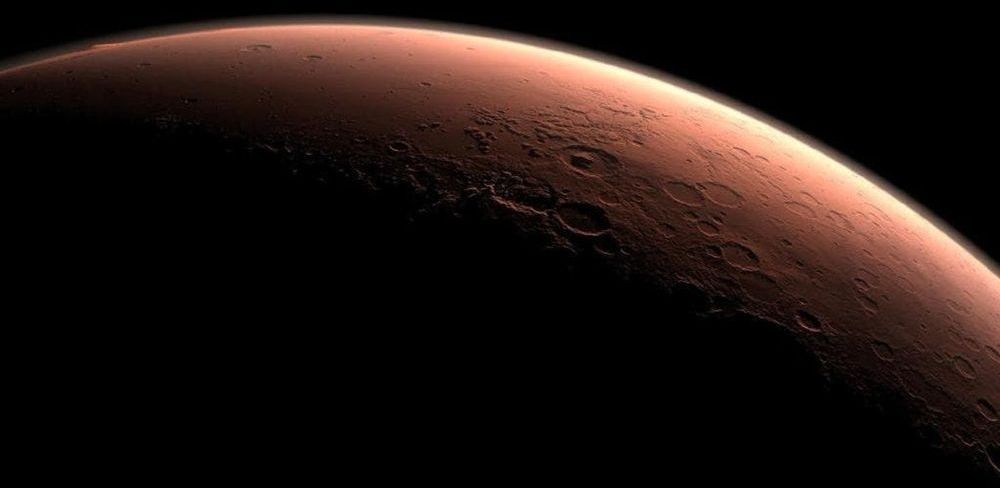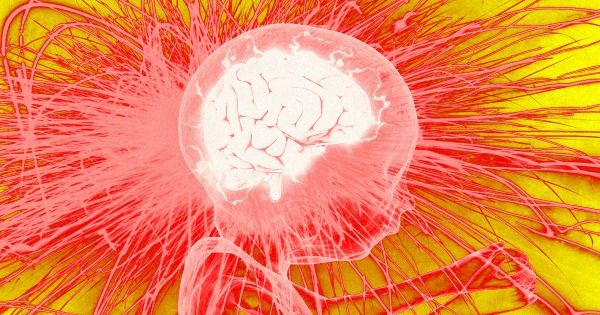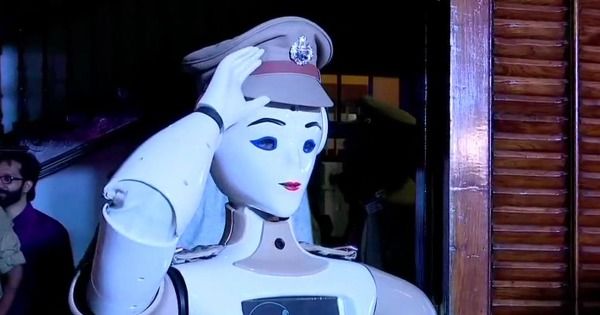Circa 2017
“We’re likely to find hydrogen pretty much anywhere we go in the Solar System,” he said.
A spacecraft using conventional chemical rockets would take eight months to get to Mars during opposition. However, the VASIMR engine would make the journey in as little as 39 days.
Chang Diaz explained: “Remember, you are accelerating the first half of the journey – the other half you’re slowing, so you will reach Mars but not pass it. The top speed with respect to the Sun would be about 32 miles per second [or 51.5 km/s]. But that requires a nuclear power source to heat the plasma to the proper temperature.”







